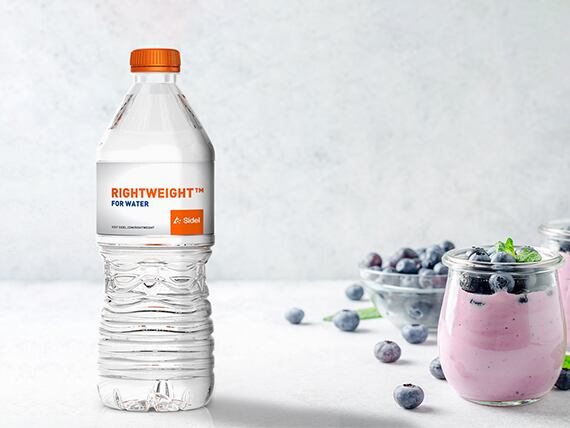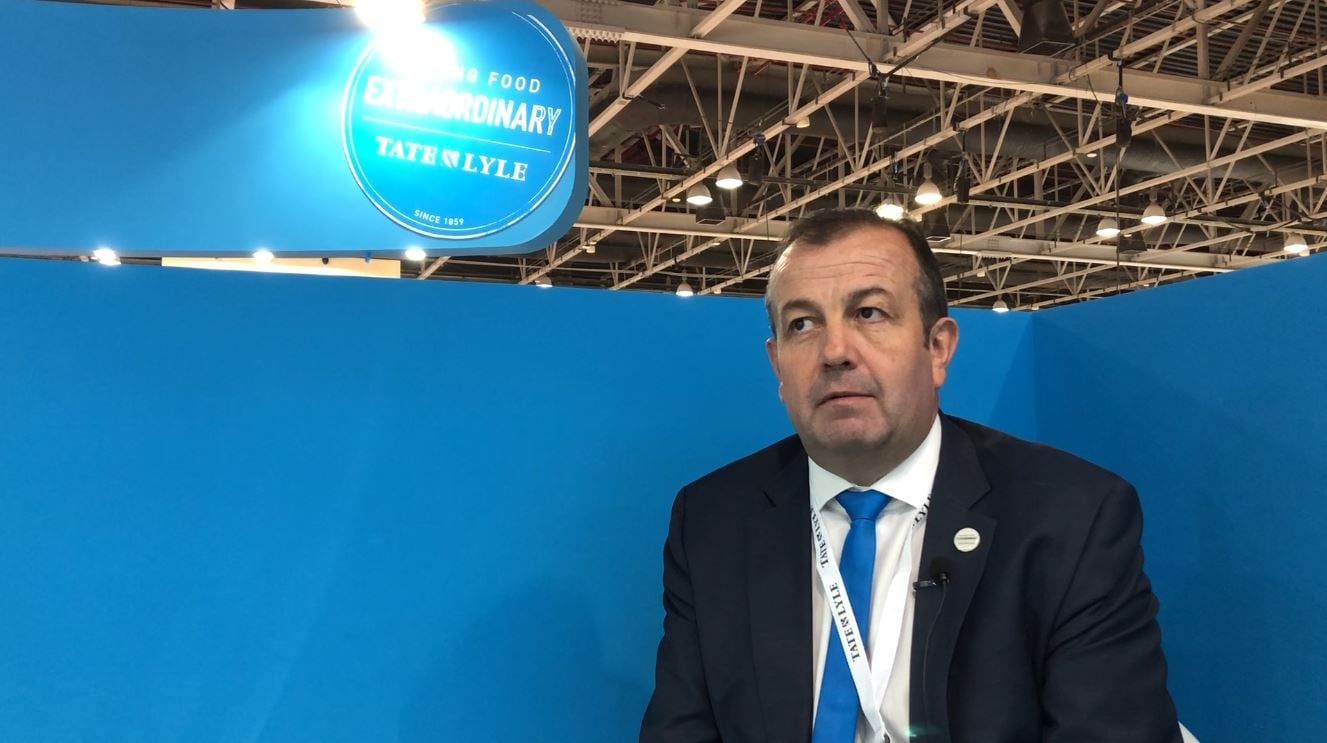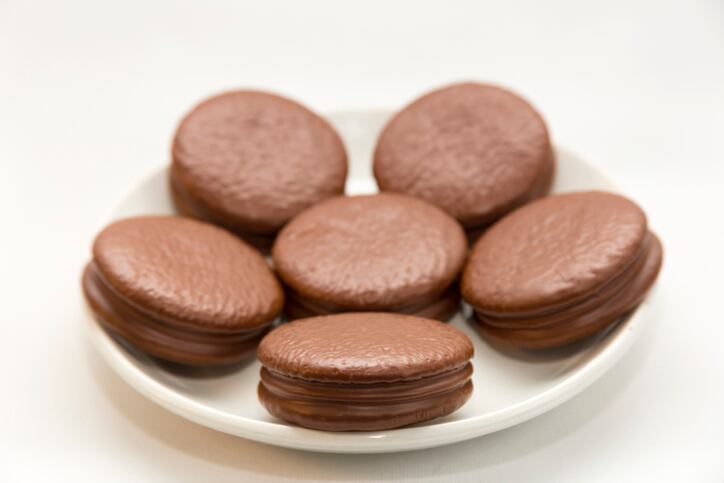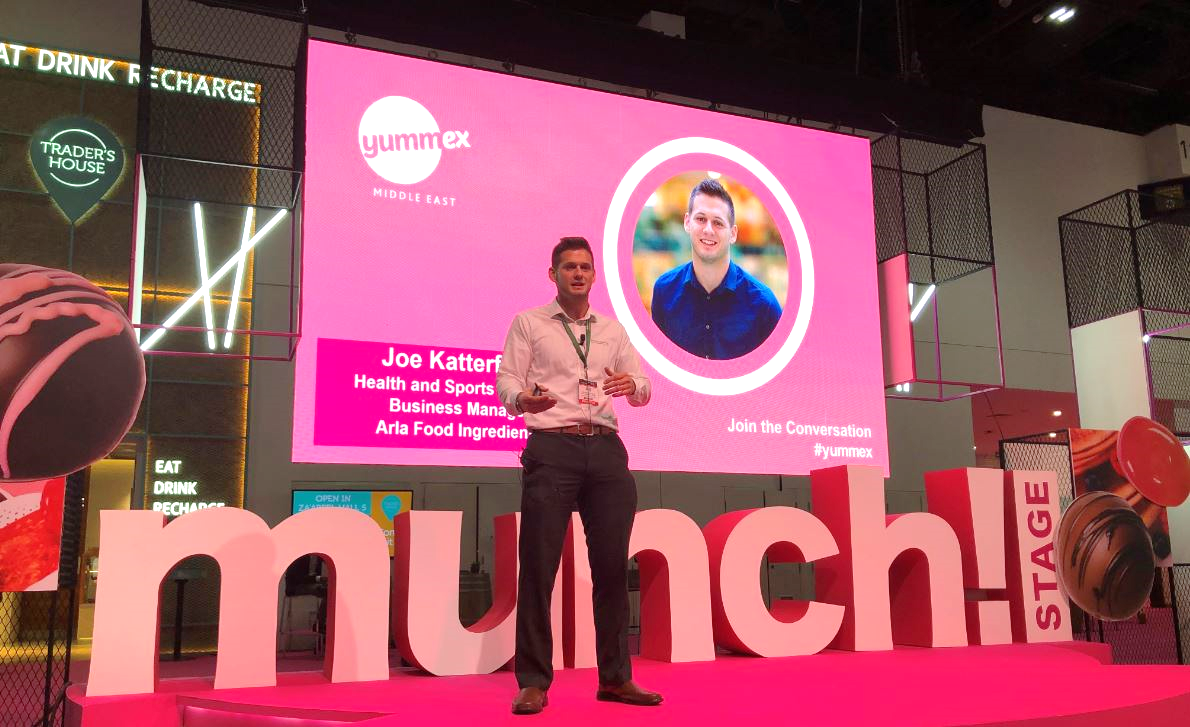Harbinder Kathuria, vice president sales beverages, Middle East, Africa & India (MEA&I) at Sidel told FoodNavigator-Asia: “Consumers are becoming more health conscious, moving towards more nutritional products, and away from sugar etc.”
“Sustainability is also a big concern for consumers. To address this, producers are more and more preferring lightweight containers as they want to use less plastic, also because – from a manufacturing perspective – more plastic means more energy consumption. Packaging sizes are also becoming smaller.”
PET power
The beverage industry in the MEA&I region is growing at a CAGR of 6.5%, largely driven by bottled water, carbonated soft drinks, dairy products.
As such, PET as a packaging material for food and beverage is growing throughout the region.
Giulio Bellanti, sales director, food, home and personal care, MEA&I said: “Talking about the food industry, sauces, dressing, condiments and edible oils are packaged in PET in nearly 75% of cases across Asia, Oceania and Africa.”
The firm believes PET has a number of advantages.
“From a sustainability standpoint, PET is the only plastic packaging material that is 100% recyclable bottle-to-bottle, and can be recycled several times,” Bellanti said.
“Today, PET only represents about 3% of the total food packaging in the world (Euromonitor, 2019), but its adoption will grow with time as people are shifting from other – less eco-friendly – types of plastics.”
“Most of all, we don’t see PET as a contributor to the plastic littering issue. With its full recyclability potential and its reduced environmental footprint, it should rather be considered a resource, to win the pollution challenge.”
Processing innovations
Besides the packaging material itself, Kathuria said Sidel is continuously strengthening its leadership in aseptic PET applications, “which allows us to fill products that we define as ‘sensitive’, namely juices, nectars, isotonic drinks, milk, teas, plant-based alternatives, increasingly chosen by health-conscious consumers.”
According to him, aseptic packaging is a perfect fit for this set of beverages, whose quality can be easily spoiled by light, oxygen or microorganisms. The growth of PET packaging in this segment can be linked to its excellent barrier properties and its neck and cap tightness, which ensure food safety and optimal shelf life.
He told us in the past, filling of sensitive products meant transforming the entire plant into a sterile one, but he said it is not necessary today. The Sidel Aseptic Combi Predis, with dry preform decontamination, puts a big focus on simplicity, because a line with a small sterile zone and minimum critical factors can be managed more safely, easily and effectively.
Sidel had also developed an automatic end of line, to increase efficiency, and use less packaging material (both primary and secondary).
The firm last year developed two PET lines to help Saudi Arabia’s Almarai increase its orange juice production capacities at the Al Kharj central processing plant. Each line could handle 54,000 PET bottles (200mL) per hour, under cold chain.
Anurag Sharma, Sidel sales manager in Saudi Arabia, explained that the line integrated blow moulding, filling and capping processes into a single system.
“Using fewer component machines, the solution offers up to 4% higher efficiency levels than standalone machines, on top of lower energy consumption and faster format changeovers. This results in a reduction of operating costs by up to 12%, saving labour, raw materials, and spare parts.”




